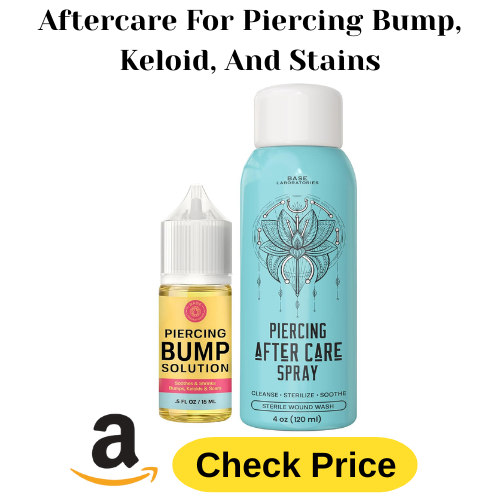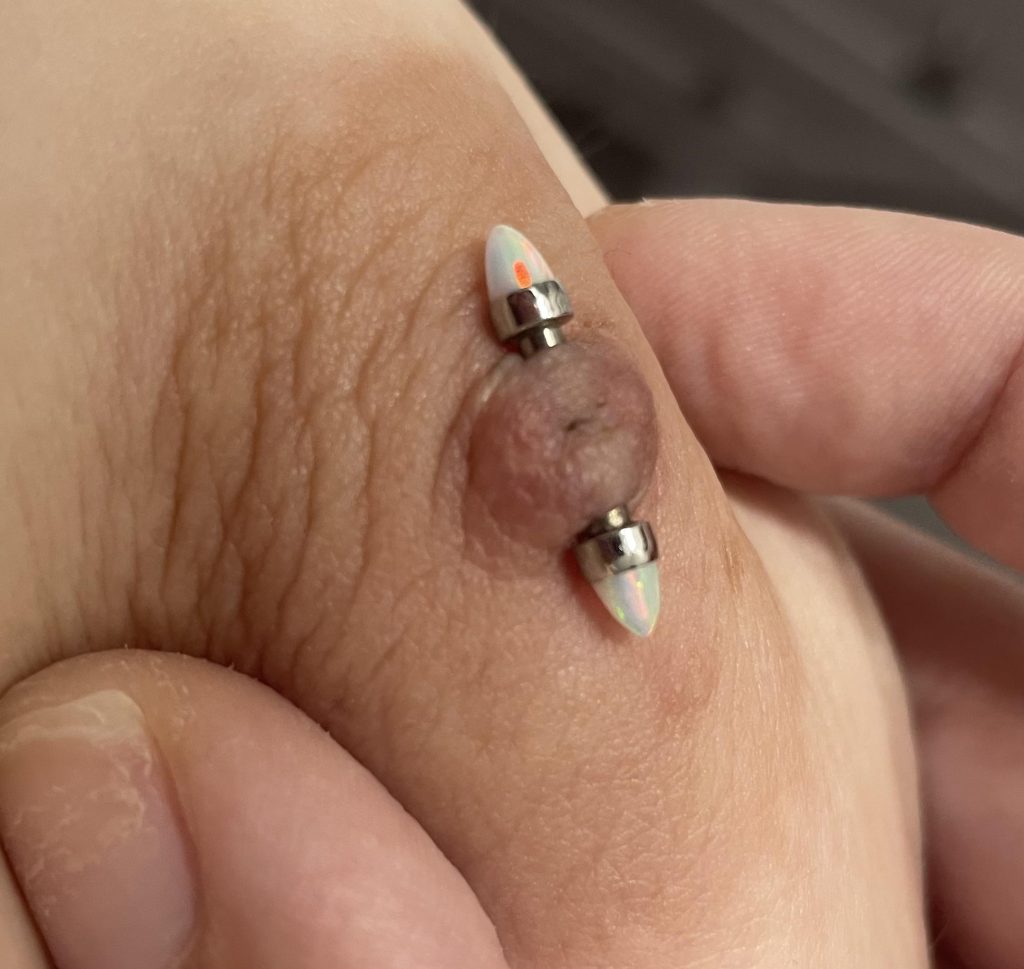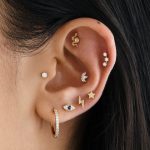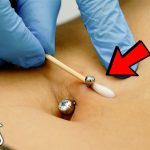Nipple piercings are popular for many people. They can look cool and express style. But, some worry about rejection. Rejection means the body does not accept the piercing. It can lead to pain and infection. In this article, we will explore nipple piercing rejection. We will look at causes, signs, and how to care for them.
What Is Nipple Piercing Rejection?
Nipple piercing rejection occurs when the body pushes out the jewelry. The body sees the jewelry as a foreign object. This reaction can happen with any piercing. However, it is more common with nipple piercings. The skin around the nipple is sensitive. It can react strongly to piercings.
Why Do Nipple Piercings Reject?
Many reasons can cause rejection. Understanding these can help you avoid problems. Here are some common reasons:
- Improper placement: If the piercing is not done correctly, it may reject.
- Jewelry material: Low-quality metal can irritate the skin.
- Allergic reactions: Some people are allergic to certain metals.
- Infections: An infection can lead to rejection.
- Body type: Some body types are more prone to rejection.
- Movement: Too much movement can irritate the area.
- Improper care: Not taking care of the piercing can cause issues.
Signs of Nipple Piercing Rejection
If you think your piercing may be rejecting, watch for these signs:
- Pain: If the area hurts more than usual.
- Redness: If the skin looks red and inflamed.
- Swelling: If the area swells up larger than normal.
- Discharge: If you notice pus or other fluids.
- Movement: If the jewelry moves more than it should.
- Visible jewelry: If you can see the end of the jewelry.

Credit: www.reddit.com
How to Care for Nipple Piercings
Good care is vital for nipple piercings. Proper care can help prevent rejection. Here are some steps for good care:
1. Keep It Clean
Clean the piercing daily. Use saline solution or a mild soap. Avoid harsh chemicals. Do not touch the piercing with dirty hands.
2. Avoid Tight Clothing
Wear loose clothing. Tight clothes can irritate the piercing. This irritation can lead to rejection.
3. Be Gentle
When washing, be gentle. Do not pull or tug on the jewelry. Avoid playing with the piercing.
4. Limit Movement
Try to limit movement for a few weeks. Activities like sports may cause irritation. Avoid swimming in public pools.
5. Use Quality Jewelry
Choose high-quality jewelry. Look for materials like titanium or surgical steel. Avoid cheap metals.
6. Listen To Your Body
If you feel pain or see redness, consult a professional. Early intervention can save your piercing.

Credit: www.medicalnewstoday.com
What to Do If Your Nipple Piercing Rejects
If your piercing is rejecting, take action quickly. Here are some steps to consider:
1. Consult A Professional
Visit a professional piercer. They can check the piercing. They may suggest removing the jewelry.
2. Remove The Jewelry
If rejection is clear, remove the jewelry. This helps your body heal.
3. Clean The Area
Keep the area clean after removal. Use saline solution to help heal.
4. Monitor Healing
Watch for any signs of infection. If you notice issues, consult a doctor.
5. Consider Re-piercing
After healing, you may consider re-piercing. Ensure you choose a skilled piercer. Discuss your concerns before re-piercing.
Can You Prevent Nipple Piercing Rejection?
While you cannot guarantee rejection won’t happen, you can take steps to lower the risk. Here are some tips:
- Choose a Good Piercer: Find a skilled and experienced piercer.
- Follow Aftercare: Stick to a strict aftercare routine.
- Use the Right Jewelry: Invest in good-quality materials.
- Avoid Changing Jewelry Early: Wait until fully healed.
- Stay Healthy: A healthy body heals better.
Frequently Asked Questions
Do Nipple Piercings Often Reject?
Nipple piercings can reject, but it’s not common. Factors like jewelry type and aftercare matter.
What Causes Nipple Piercings To Reject?
Rejection happens due to infection, jewelry material, or improper care. Skin pushing out the piercing is a sign.
How Can I Prevent Nipple Piercing Rejection?
Choose high-quality jewelry, follow aftercare instructions, and avoid tight clothing. Keep the area clean and dry.
What Are The Signs Of Nipple Piercing Rejection?
Look for redness, swelling, or pain. If the piercing moves or feels loose, it might be rejecting.
Conclusion
Nipple piercings can be beautiful and fun. However, rejection is a real concern. Understanding the causes and signs is important. Proper care can help keep your piercing healthy. If you notice rejection signs, act quickly. Seek help from a professional piercer. Remember, taking care of your piercing is essential. Enjoy your piercing, and keep it safe!




